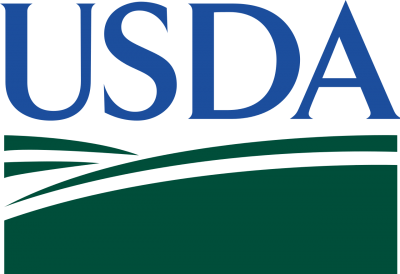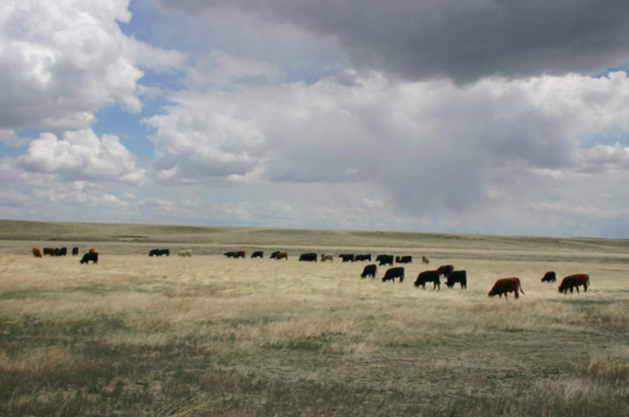Northeast Regional Climate Hub: Assessment of Climate Change Vulnerability and Adaptation and Mitigation Strategies

Photo attributed to Rosie De Lise. This file is licensed under the Creative Commons Attribution 2.0 Generic license. No endorsement implied.
Posted by
Rachel GreggPublished
Abstract
The Northeast Regional Climate Hub covers Connecticut, Delaware, Maryland, Maine, Massachusetts, New Hampshire, New Jersey, New York, Pennsylvania, Rhode Island, Vermont, West Virginia, and the District of Columbia. The Northern Forests Climate Sub Hub shares this footprint and represents people working and living in the forests of the Northeast.
About 21 percent of land in these 12 States is farmland (6 percent of national total), and 62 percent is classified as timberland (land area covered by trees is somewhat larger). The northeastern United States is home to about 175,000 farms that collectively produce agricultural commodities worth more than $21 billion per year. The most important commodities in the Northeast are dairy production and poultry, and about half of the field crops (including pasture) grown in the Northeast are for animal feed. Horticulture is a relatively large portion of total plant production in the Northeast, as are perennial fruits such as apples, pears, blueberries, and cranberries. Farms in the Northeast are on average smaller than in many other parts of the country, and a greater percentage of these are operated by women than in the rest of the United States. Organic production is relatively greater than in most other regions.
According to the National Climate Assessment, the northeastern region of the United States faces an array of climate-related challenges, including heavier rainfall and greater rainfall totals. Additionally, on the basis of data from the National Oceanic and Atmospheric Administration (NOAA) Cooperative Observer Network, it is gradually getting warmer. Regional annual and seasonal temperatures have generally remained above the 1901–1960 average over the last 30 years, with long-term annual and seasonal temperatures trending upward between 0.11 and 0.24°F/decade over this time period. Furthermore, the length of the freeze-free season has increased by about 10 days. Crops and forests in the Northeast are also under increasing pressure from weeds, insects, and diseases, and these pest pressures are compounded by the additional stress of variable weather and a changing climate.
More intense and higher rainfall totals increase the burden that agriculture and forest producers face in being able to conduct timely operations. The Northeast Regional Climate Hub is working across a range of crops, forests, and livestock production systems to assemble the available information into tools and practices that can increase the resilience of these systems to climate change. Practices that improve soil health and protect soils from erosion are of particular importance because healthy soils are a key to productivity and resilience.
This vulnerability assessment reviews present knowledge of agricultural and forest susceptibility to climate variability in the Northeast and will serve as a guide to focus future adaptation work.







